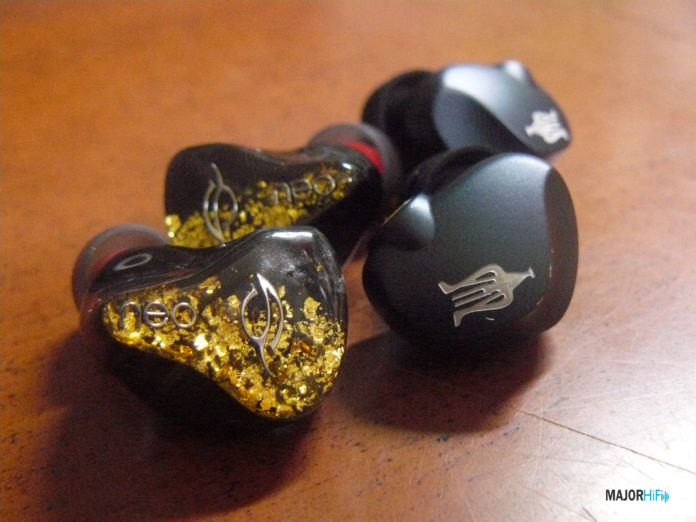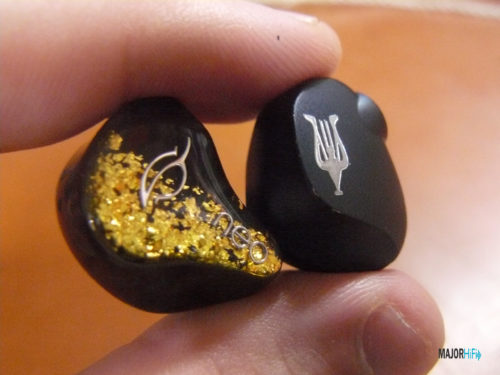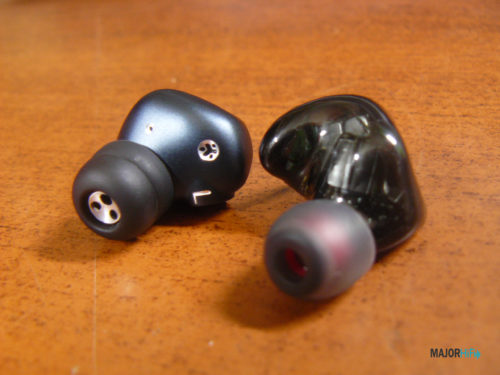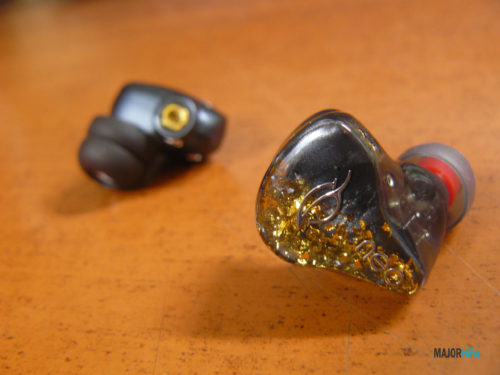The year of 2021 has significantly widened the scope of competition in the IEM market. With the introduction of new brands cropping up, and the latest models from the ones we’re familiar with, there’s never been a better time to get into the IEM game. This year we’ve seen the introduction of new models from the likes of Campfire, Kinera, Audeze, and many more. What’s more interesting are the variety of new brands like SeeAudio and BGVP making their name. One earphone I enjoyed immensely this year was the SeeAudio Neo, and I’ve been itching to return to it. For this comparison we will be revisiting an old favorite, the MEZE Rai Penta, to see what the differences are.
What You Get
SeeAudio Neo
- SeeAudio Neo IEMs
- Hardshell, clear carrying case with clip
- 11 sets of ear tips: 4 bass enhancing, 4 balanced, and 3 foam
- 3.5mm to 1/4” converter
- 3.5mm female to Dual 3.5mm Male converter
- Cleaning Brush
Meze Rai Penta
- Meze Audio Rai Penta IEMs
- Detachable MMCX cable with 3.5 mm connector
- Eartips (silicone, foam, and 2-flange)
- Leather, zipping carrying case
- 3.5 mm to 6.35 mm adapter
- Airplane adapter
- Cleaning tool
- Meze Audio stickers
Look and Feel
From the outside, the Neo and Rai Penta are very different IEMs. Their design both feature great builds, but the blueprints go in complete different directions. With the Neo, you get the more striking aesthetic, aiming to impress you eyes at first glance. The stylish golden flakes a top the glossy, black resin shell is a slam dunk for a look. With the Rai Penta, you might not get the same flashy style, but you still get an excellent quality of build. You get a exceptionally sleek aluminum shell in a navy blue color. This is a much more classy design in my opinion, but they both sport entirely ergonomic fits. Both IEMs have and easy level of comfortability that should feel great for long hours of listening.
Design
Both IEMs contain notable driver systems that help shape their respective sound signatures. Here, the Neo gives you everything its got with 10 balanced armatures that include Knowles and Sonion units for greater potential. The Penta doesn’t falter with its design though. It included a hybrid system, made up of a single dynamic driver and four balanced armatures. This system is combined with tube mechanisms that help satisfy a more cohesive signal flow.
Soundstage
These IEMs are in a complete different ballpark when it comes to soundstage. Both the Rai Penta and Neo are highly capable IEMs, with extensive depth and articulation. As far as width goes, the Penta is the most consistent, but the Neo comes close to its edge. While both IEMs showcase incredible spaciousness, the Neo has better separation in my opinion. The Penta is very airy, but the air between elements can be felt a lot more, causing instruments to have more considerable dimension. What the Penta has over the Neo is a fuller image. Both IEMs are holographic with great spatial imaging, but the Penta always comes across as much more realistic. The imaging is more natural, and plays with the space more accurately, while the Neo is better for atmospheric sensations.
Low End
The bass response on these IEMs are rather interesting. They both have considerable impact, but the Neo likes to play it safe with its tonality. The Penta displays greater depth here, delving into more rumbly textures, and capable of a punchier response. With the Neo, it’s not a soft timbre, but the resonances are kept in a tight space for little extension. Detail is still very well showcased, and the tone is clean, but on a more surfaced level.
Mids
I felt that the Neo and Rai Penta share most similarities in the midrange. They’re both exceptionally pure, and feature a high level of detail. The Penta has a bit of thickness in the low-mids, adding additional emphasis to certain sound elements. Some of the upper-mids also provide this accentuation that helps bring out the instruments , adding texture to its timbre. While the Neo shares a lot of the same tonality, the frequencies appear more delicate than on the Penta. They’re natural, but noticeably have less power. This makes the timbre of the Neo, a lot more organic, featuring less thickness, but more tenderness.
Highs
Unlike the mids, the high-end of the frequency spectrum are where these IEMs diverge the most. For me, the Penta was the most fulfilling, in that the highs show significantly more extension here. There’s a layer of shine to them, but avoids brightness or sibilance. The textures are clear and engaging, with a great level of control. On the other end, the Neo is a lot more smooth. It’s not as extensive as the Penta, and is a bit too rolled-off in my opinion. However, it makes this the most easily digestible of the two, with a more neutral tonality across the treble frequencies.
Summary
No matter which sound signature you prefer, these IEMs are two of the best in their price range. For $1,099, the Neo and Rai Penta offer pristine quality in their design and timbre, showcasing some of the finest features audiophile IEMs have to offer. Whichever model you choose, you’ll be making the right choice. For me personally, I think the Rai Penta resonates with me a bit more with its extended treble, but I’m also a sucker for the airy separation the Neo provides.
The Meze Rai Penta and SeeAudio Neo are available at Audio 46.
Compare the ranking of various headphones, earbuds and in-ear monitors using our tools.
Discuss this, and much more, over on our forum.
---MAJORHIFI may receive commissions from retail offers.


















